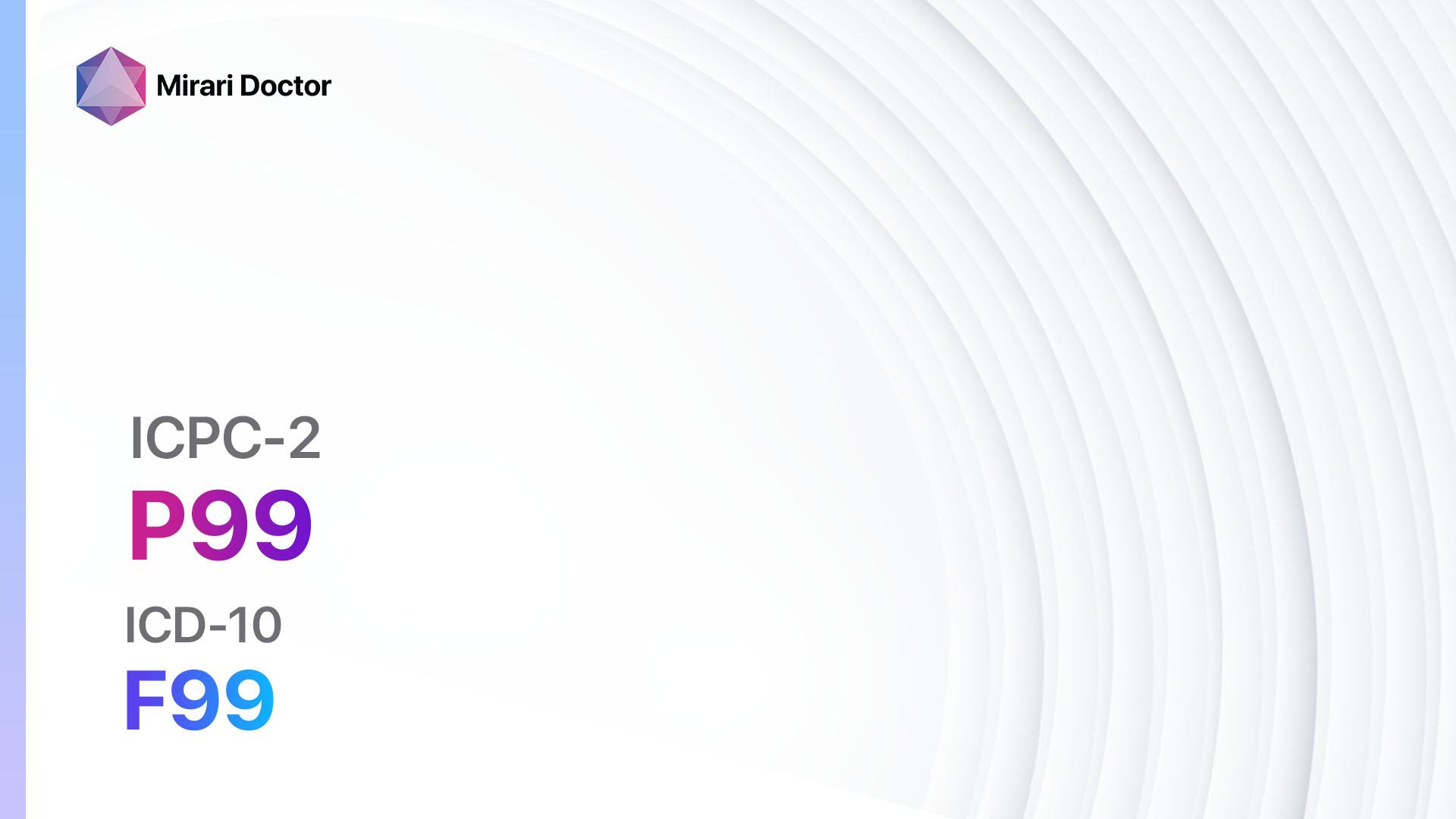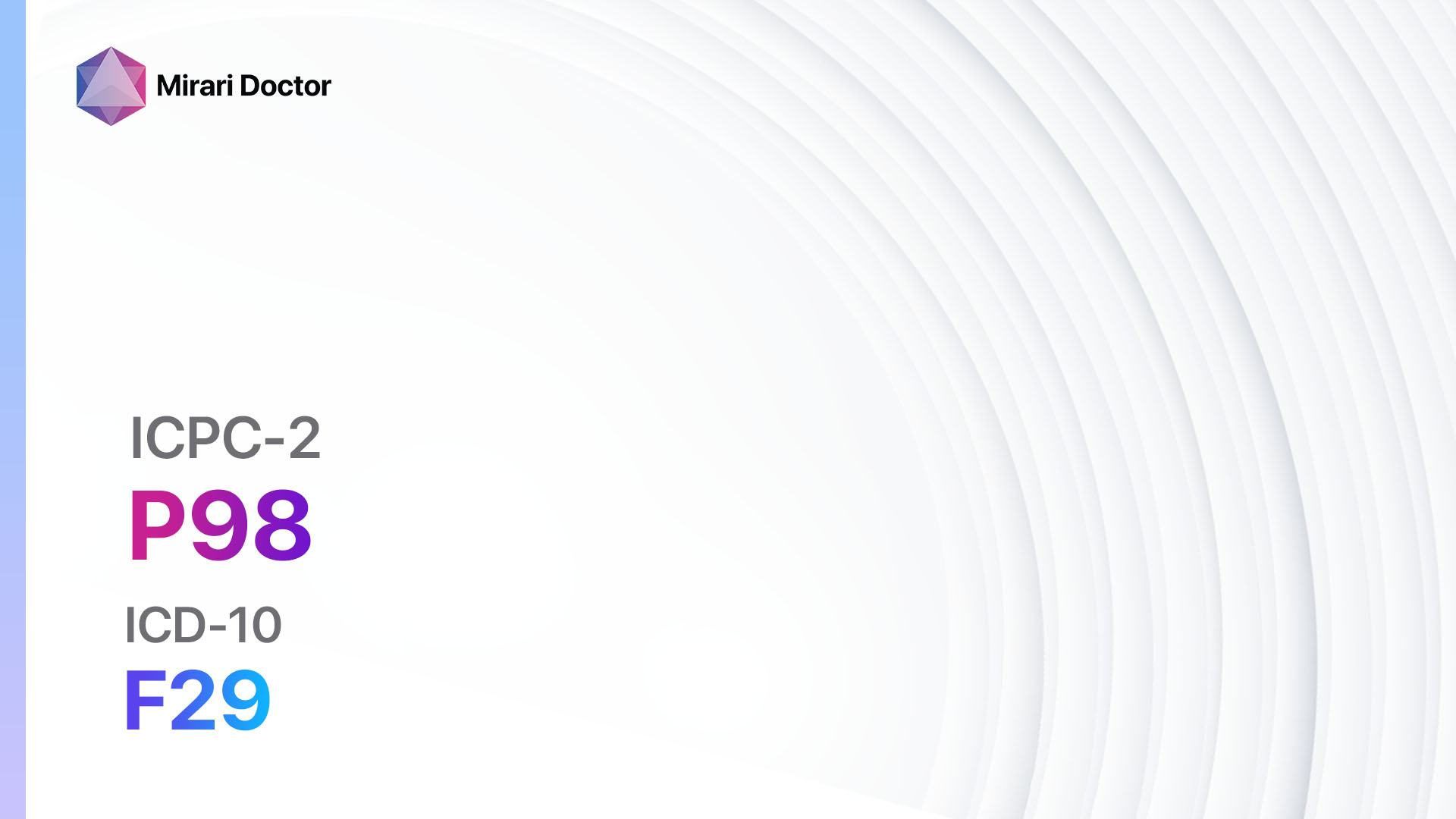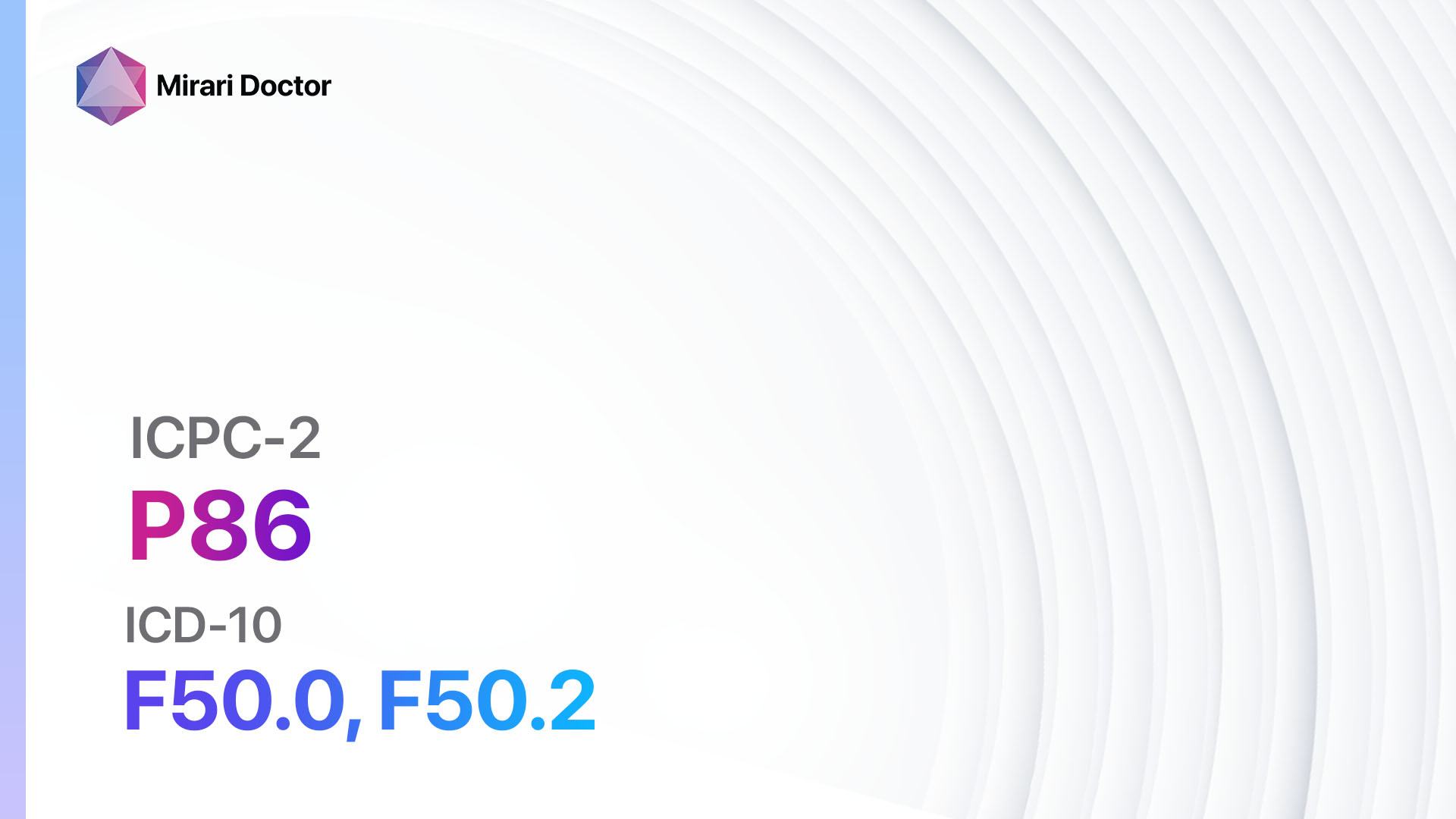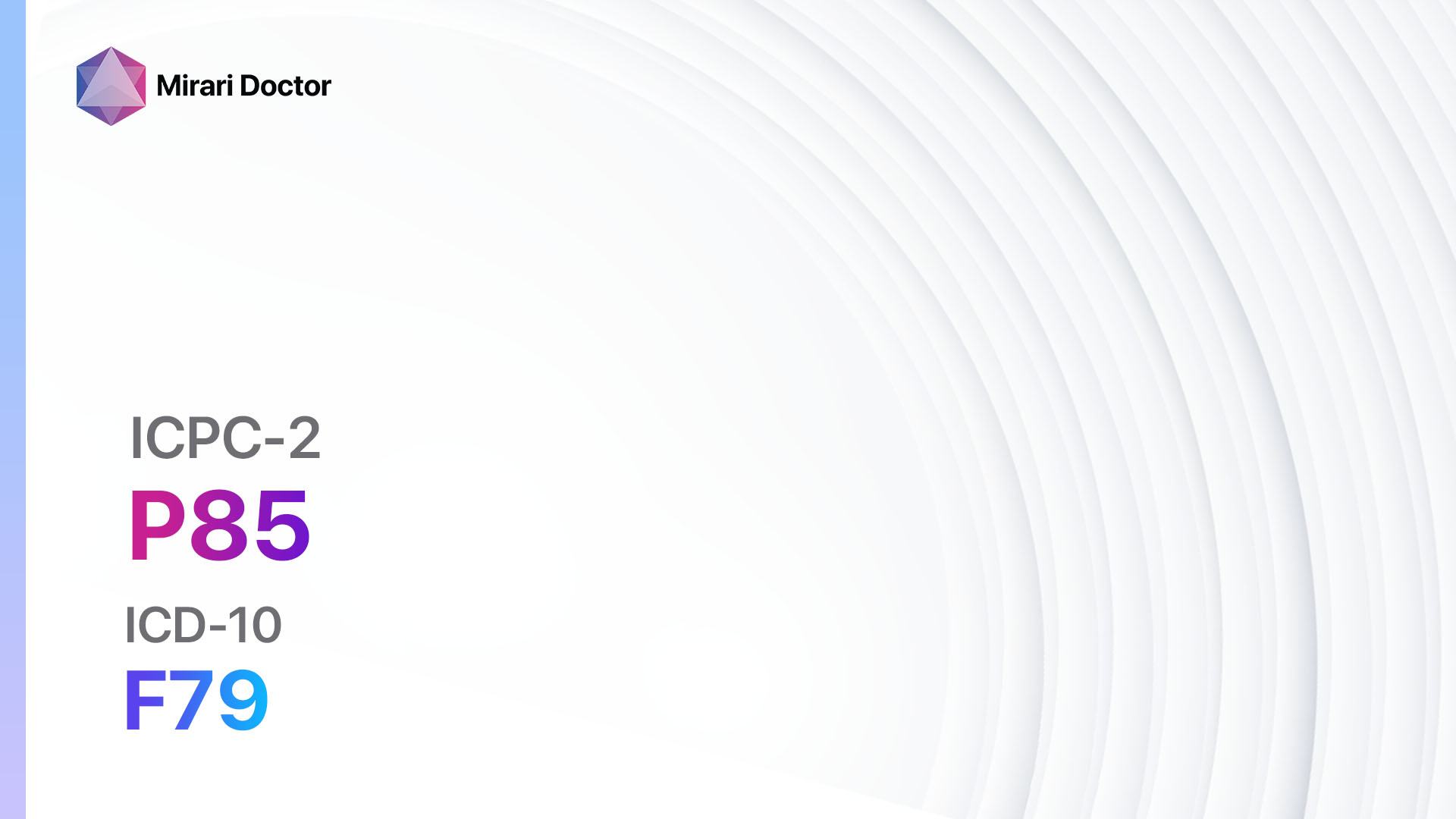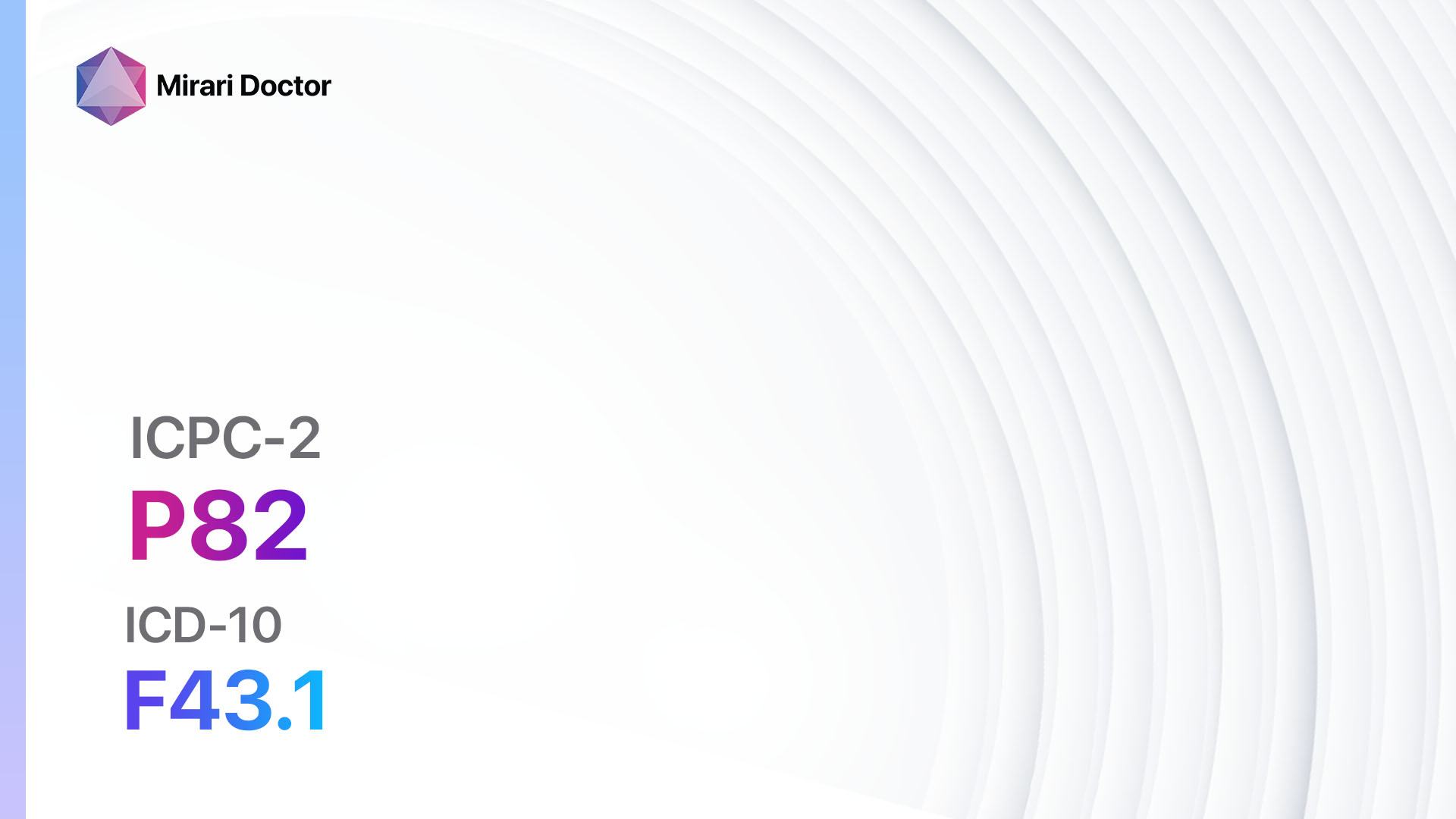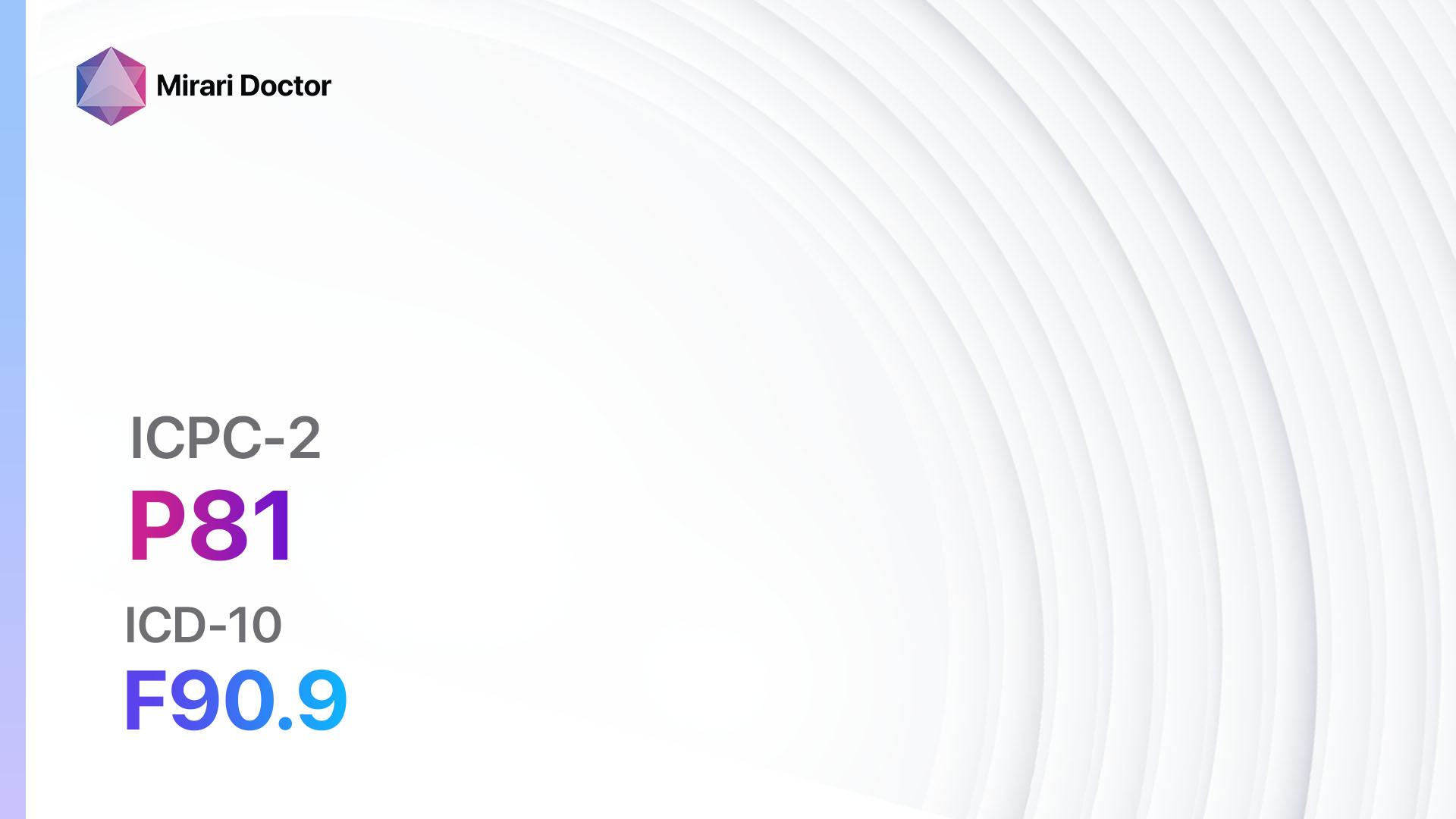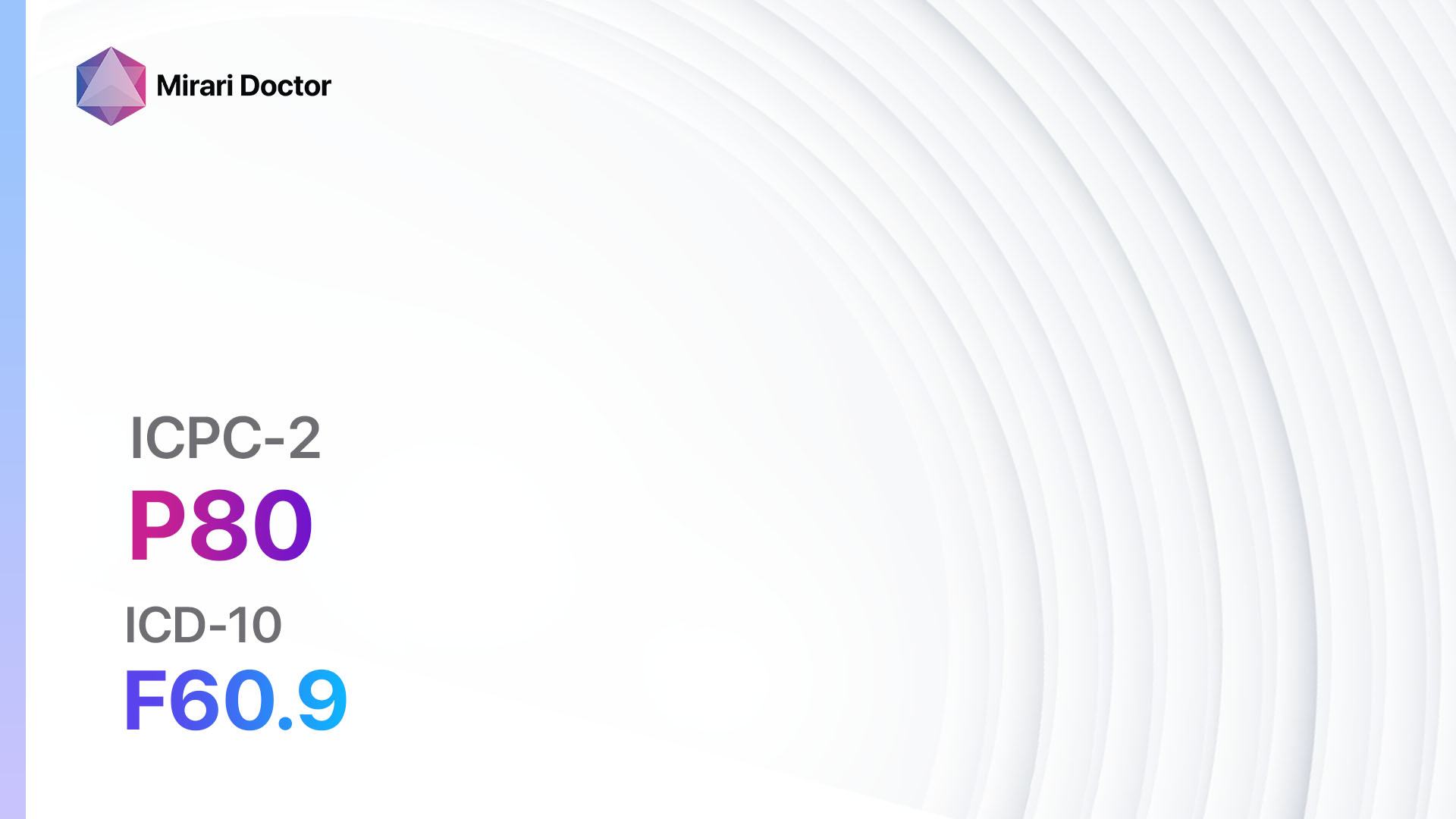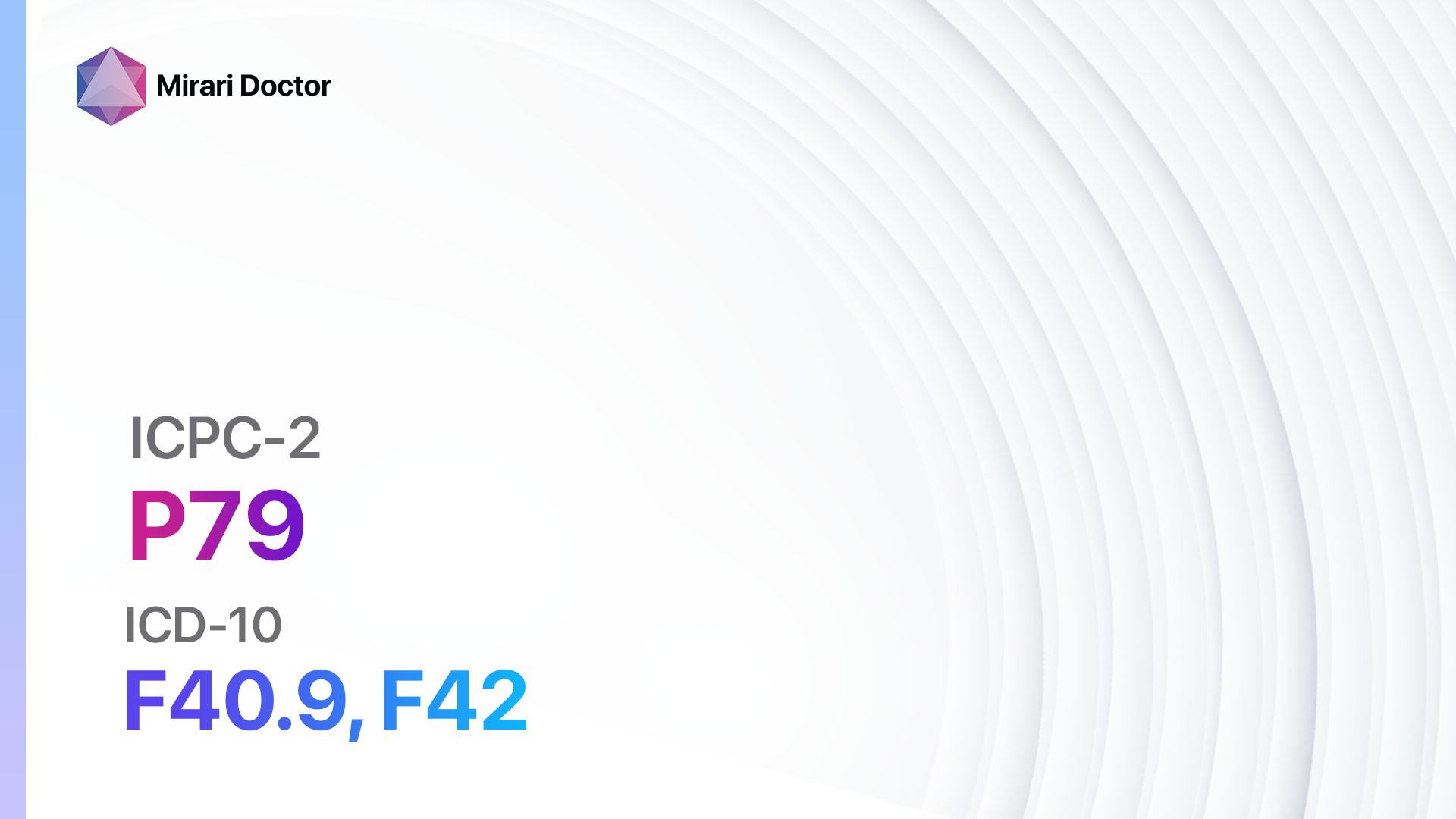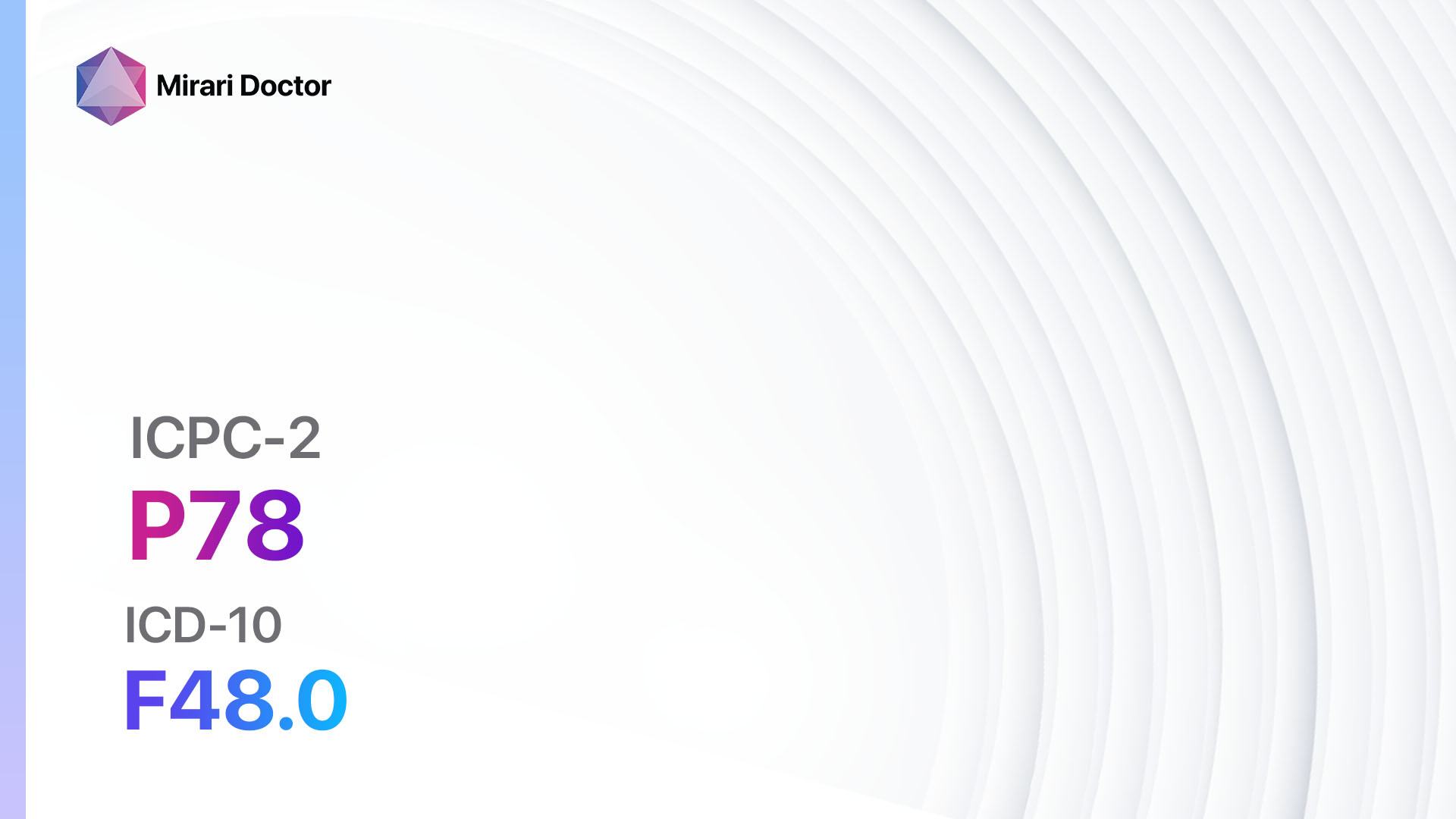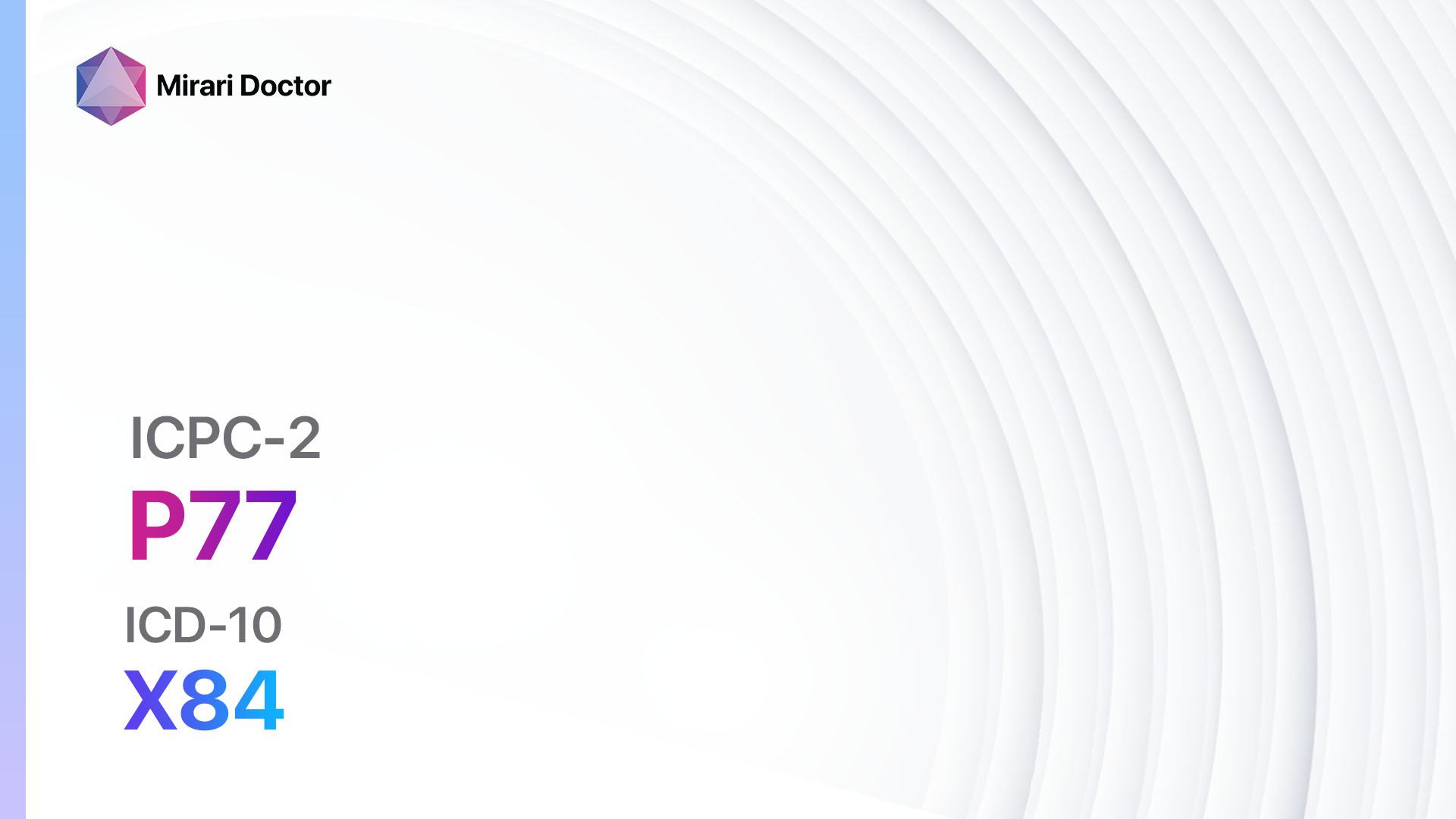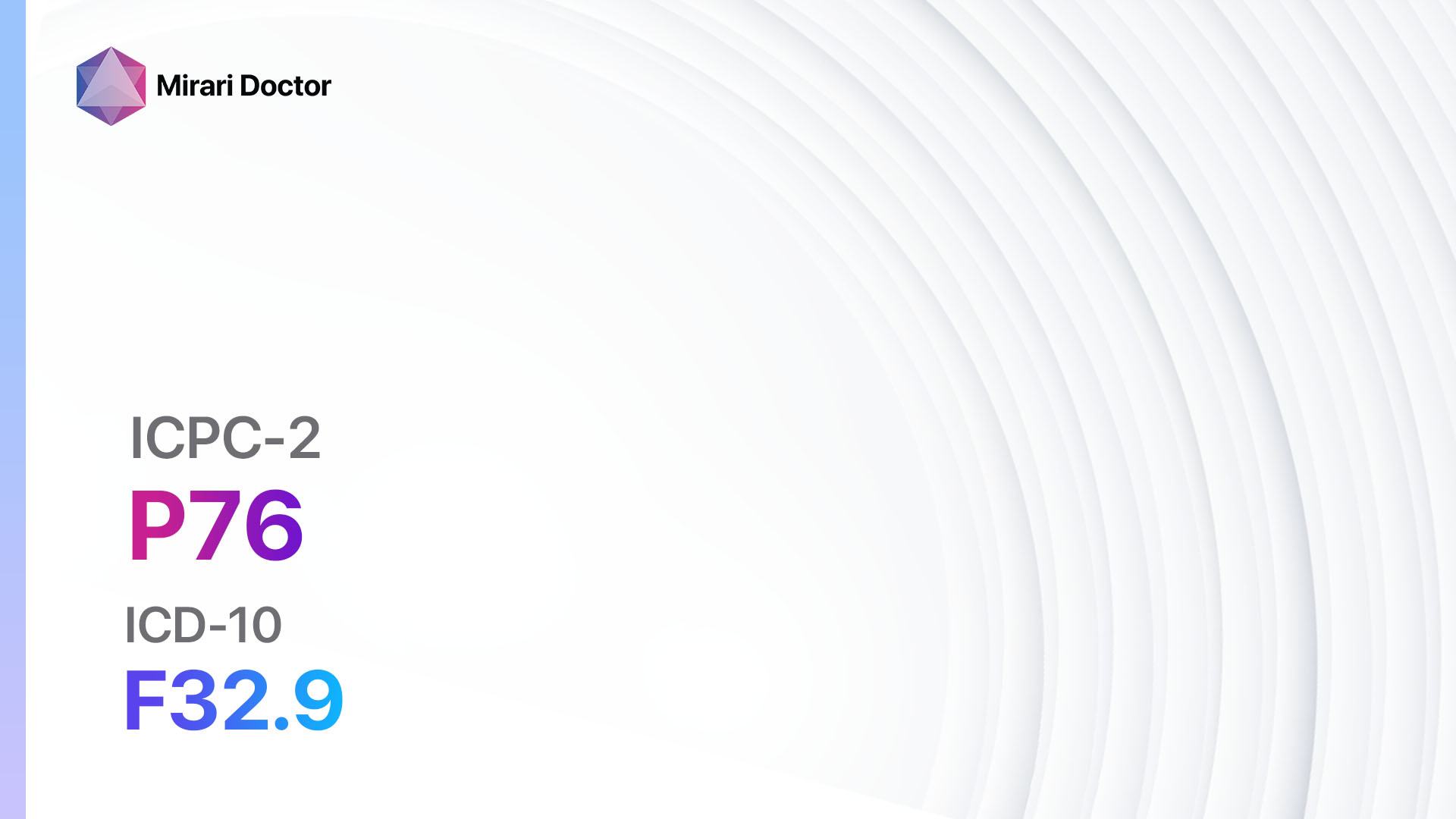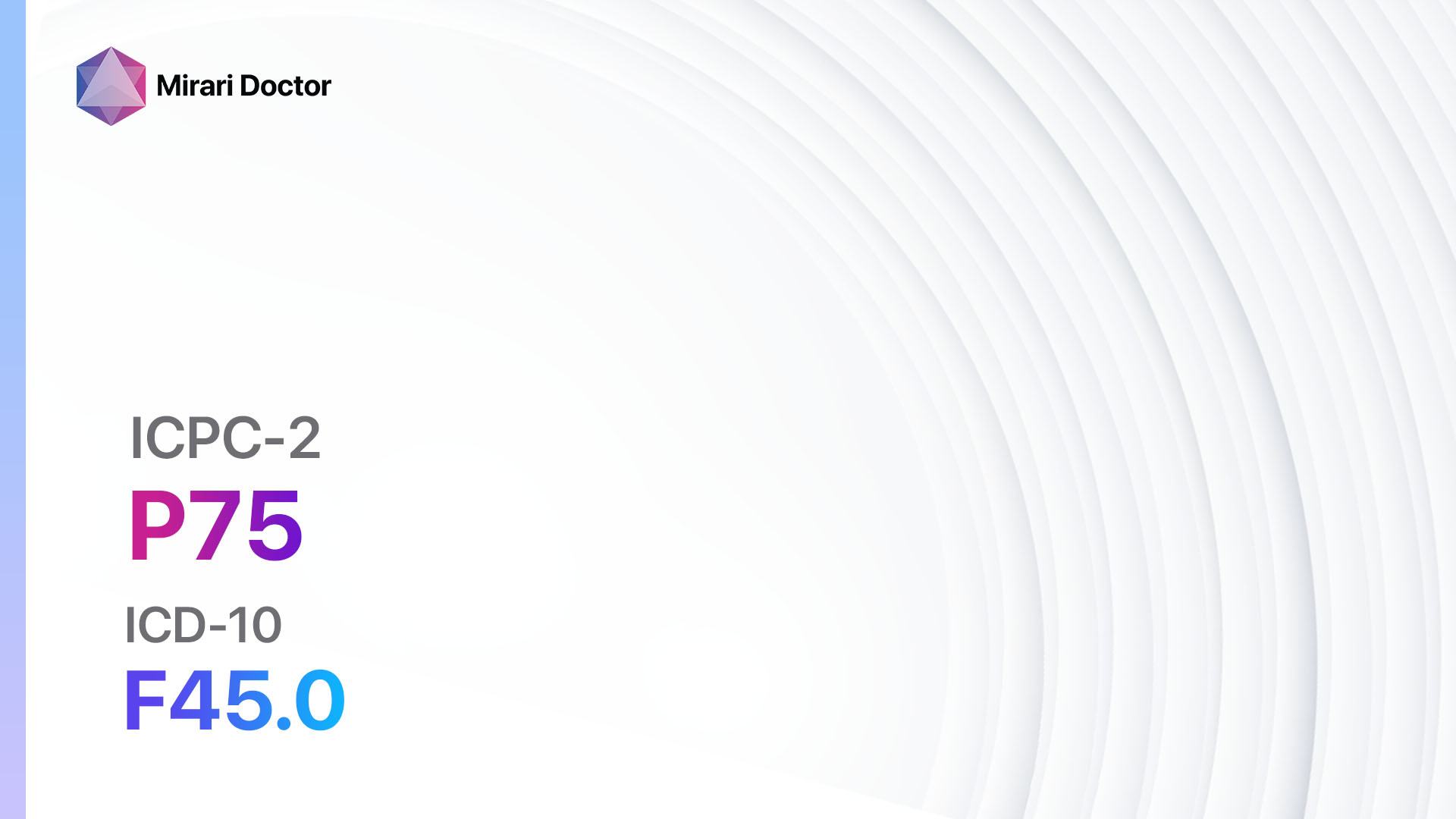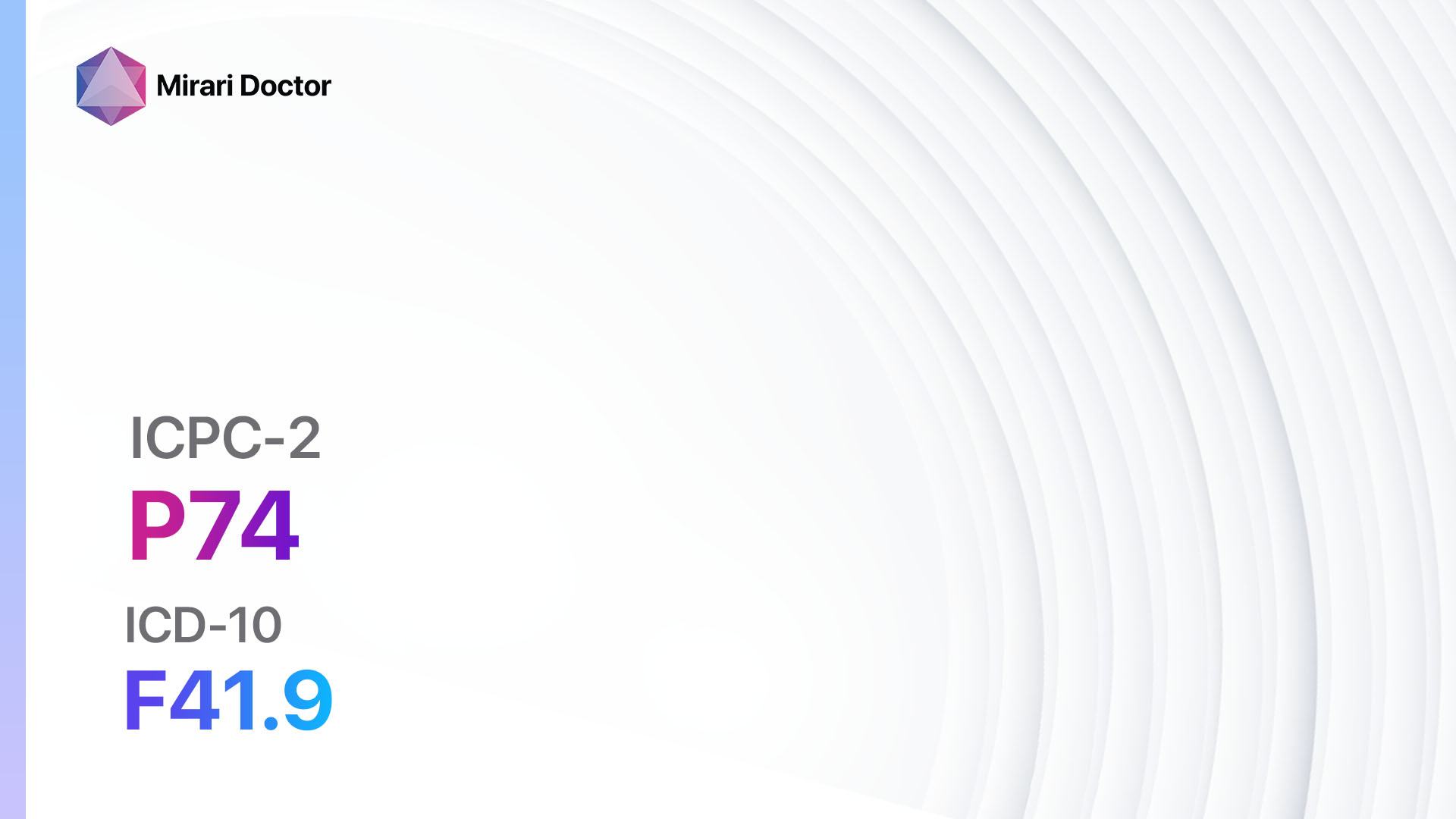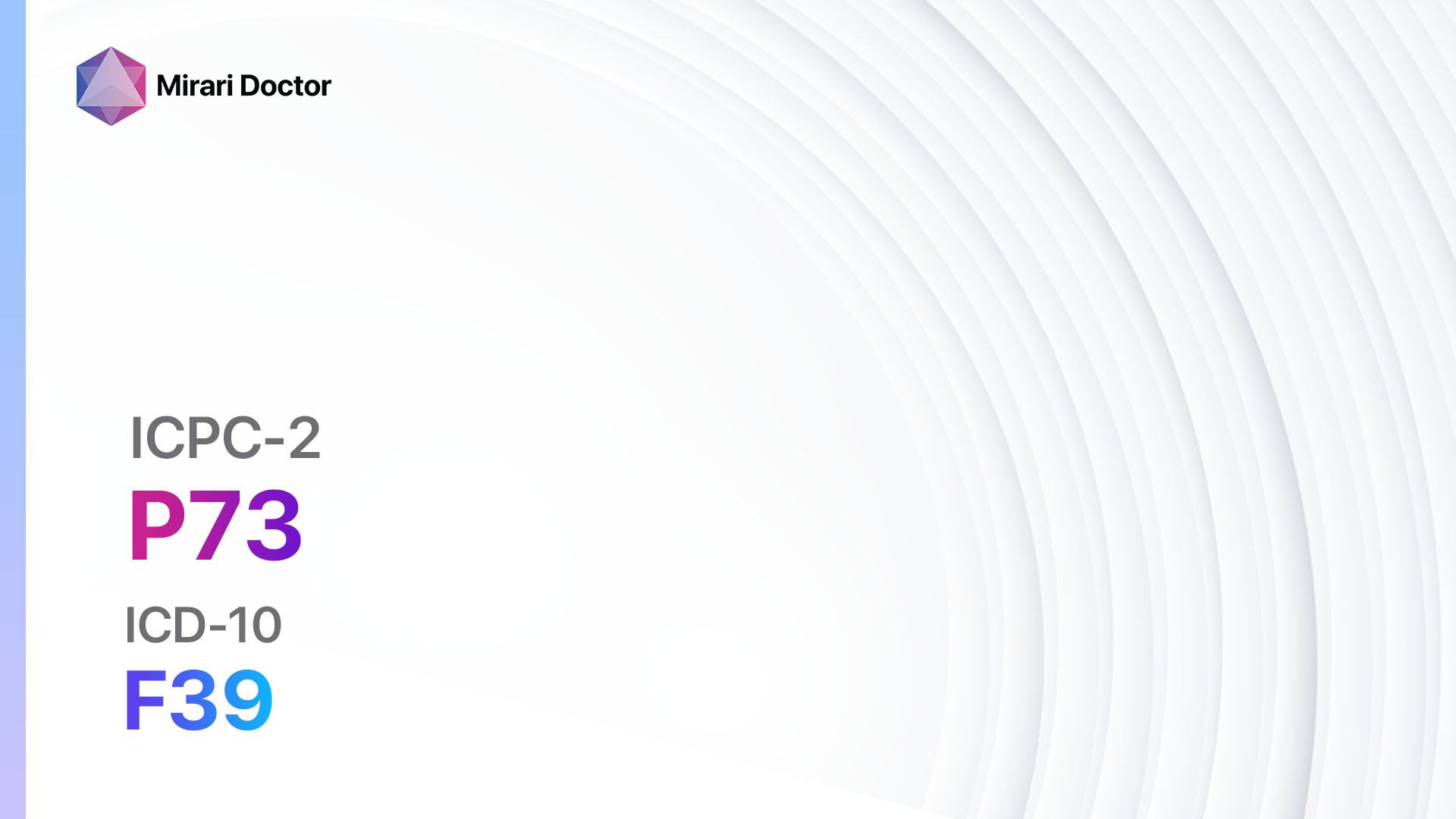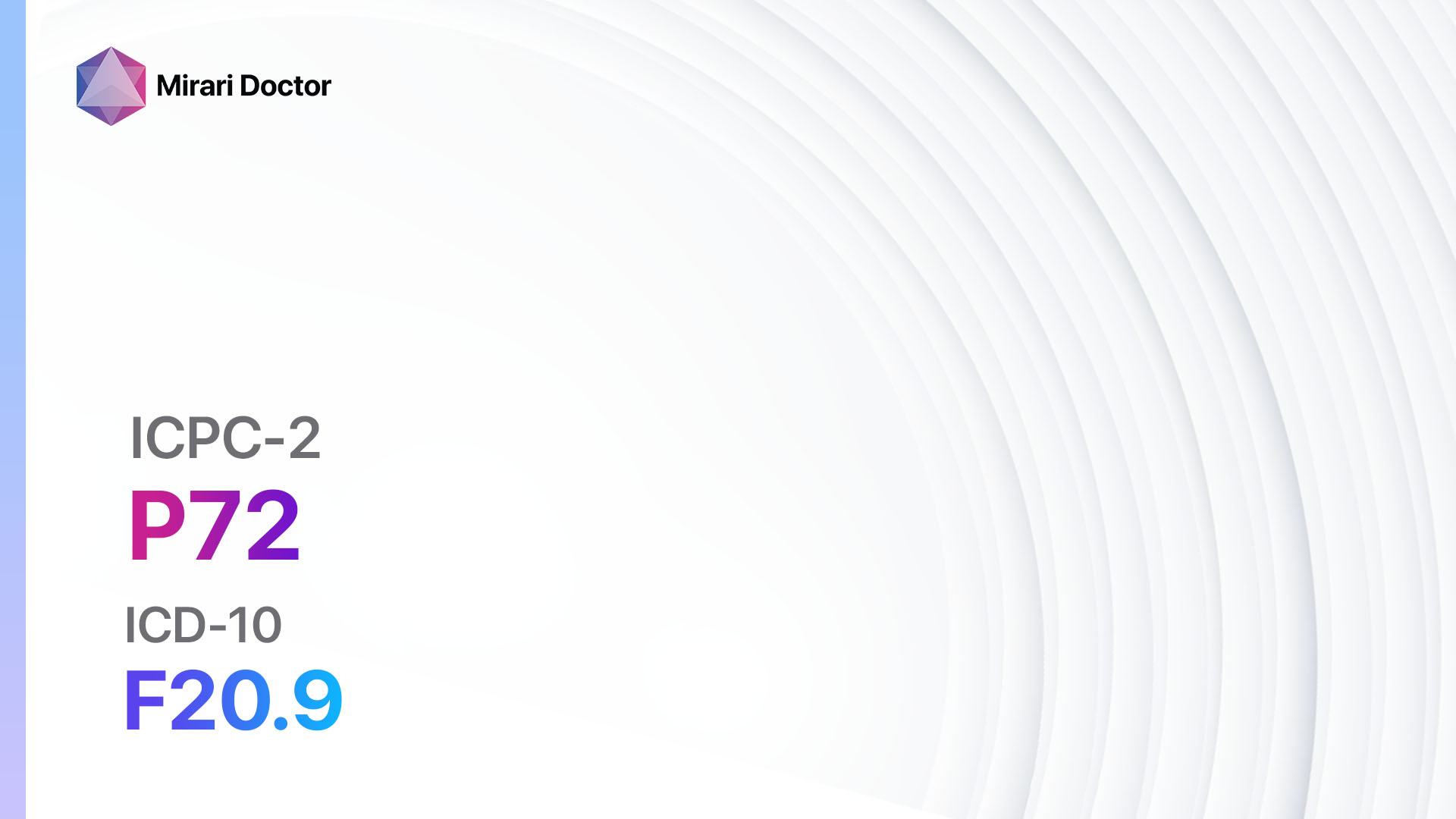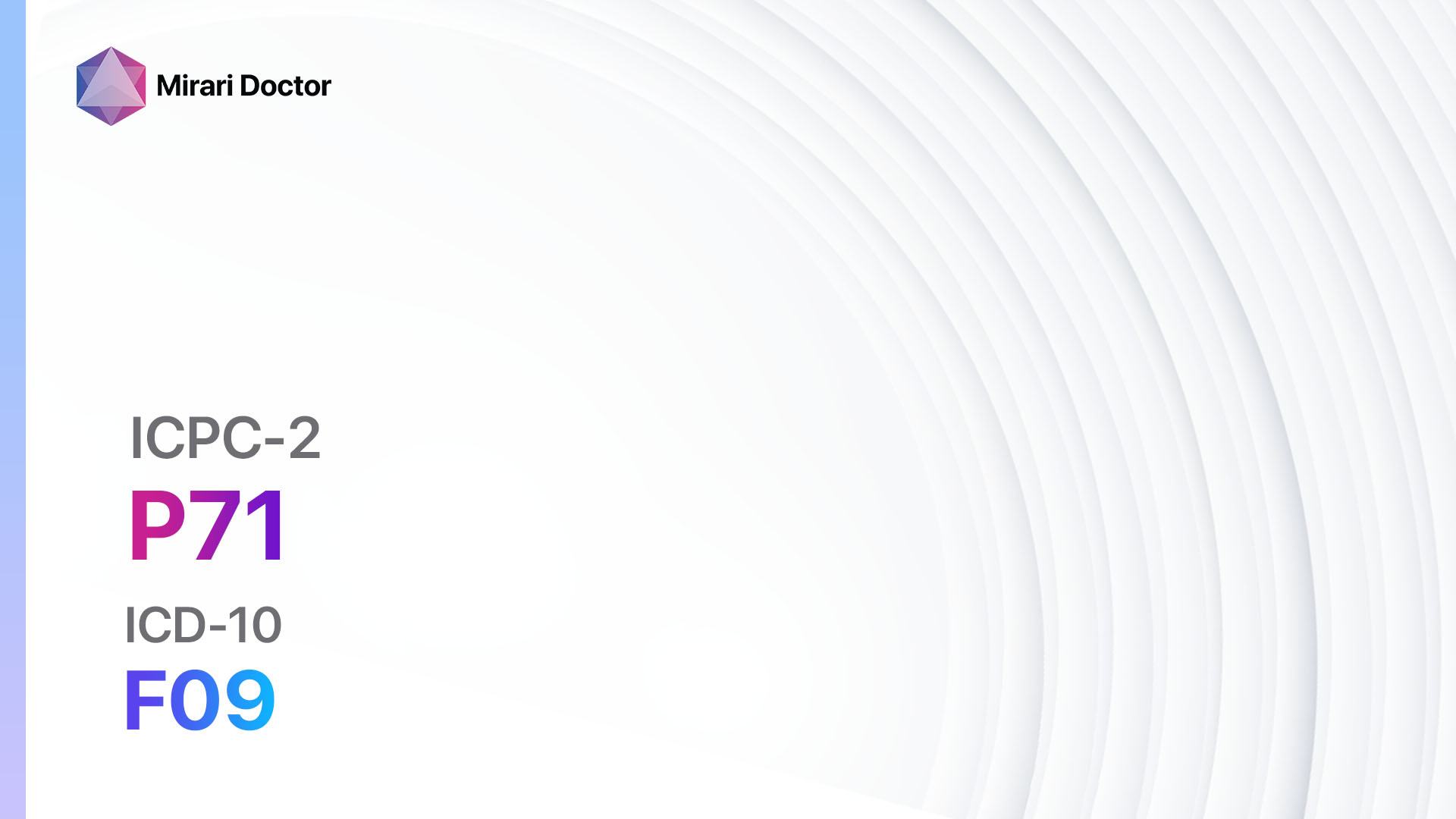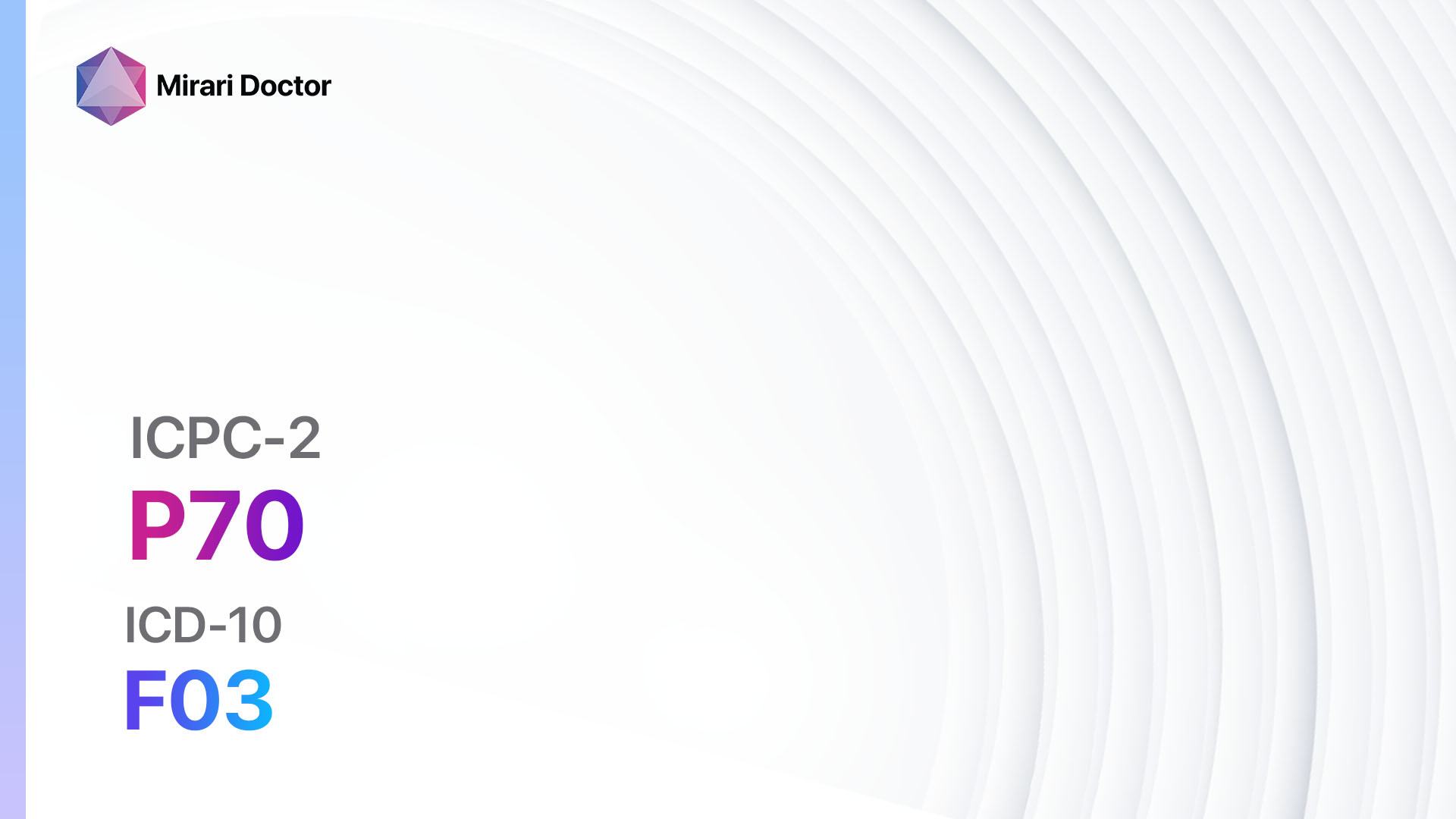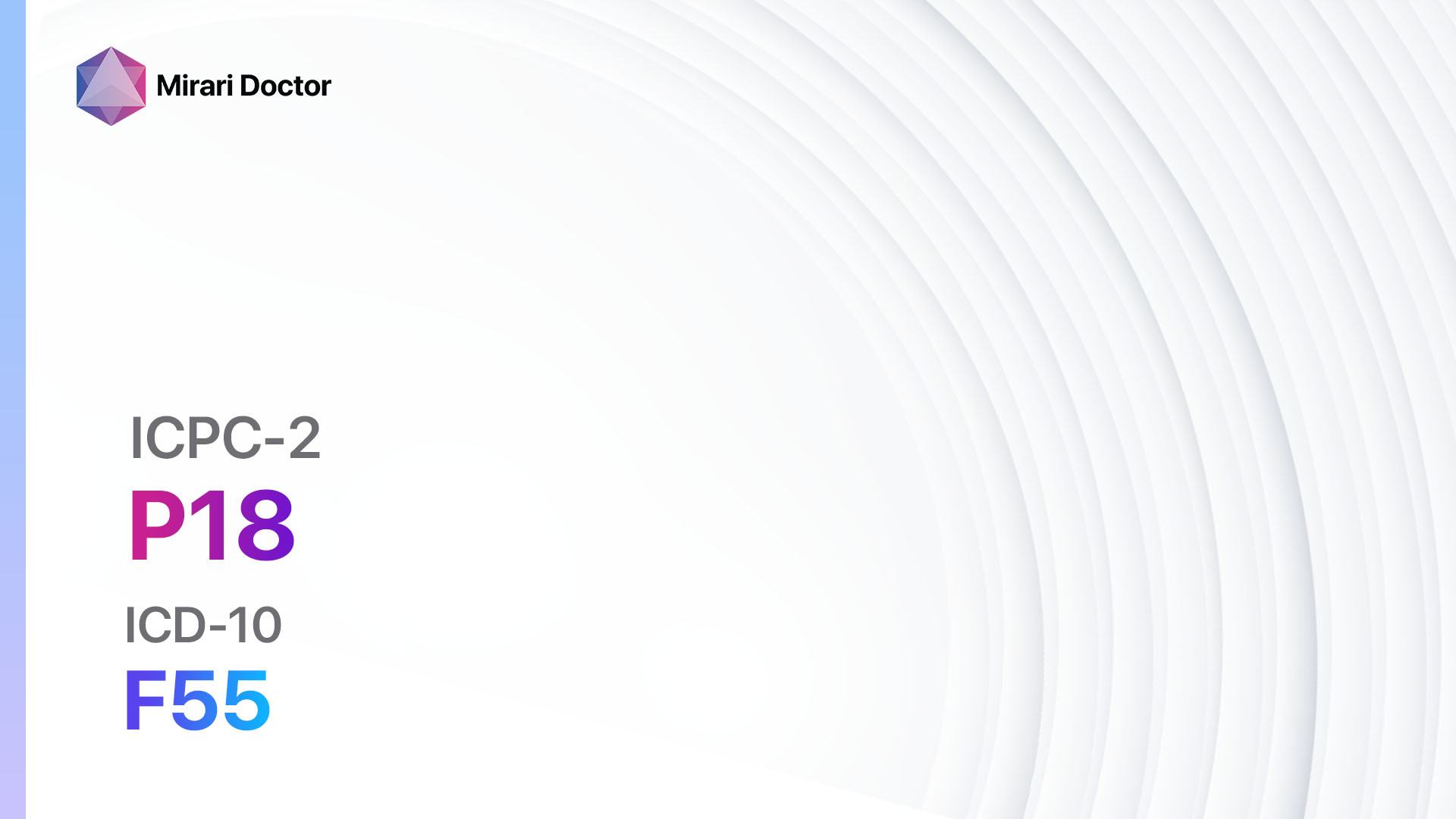
Introduction
Medication abuse refers to the misuse or overuse of medications, including prescription drugs, over-the-counter drugs, and illegal substances. It is a significant public health concern and can lead to various health complications and addiction[1]. The aim of this guide is to provide healthcare professionals with a comprehensive understanding of medication abuse, including its symptoms, causes, diagnostic steps, possible interventions, and patient education.
Codes
Symptoms
- Increased tolerance to the medication
- Withdrawal symptoms when attempting to stop or reduce medication use
- Neglecting responsibilities or activities due to medication use
- Continued use of medication despite negative consequences
- Failed attempts to cut down or control medication use
- Spending a significant amount of time obtaining, using, or recovering from medication use
- Cravings or strong desire to use medication[3]
Causes
- Self-medication for physical or psychological pain
- Peer pressure or influence
- Curiosity or experimentation
- Genetic predisposition to addiction
- Mental health disorders, such as depression or anxiety
- Easy access to medications
- Lack of knowledge about the risks and consequences of medication abuse[4]
Diagnostic Steps
Medical History
- Gather information about the patient’s medication use, including types of medications, dosages, and frequency of use
- Assess the patient’s medical and psychiatric history, including any previous substance abuse or addiction
- Identify any risk factors for medication abuse, such as family history of addiction or history of trauma[5]
Physical Examination
- Conduct a thorough physical examination to assess the patient’s overall health and identify any physical signs of medication abuse, such as track marks or needle puncture sites[6]
Laboratory Tests
- Perform urine drug screening to detect the presence of specific medications or illicit substances
- Conduct blood tests to assess liver function and identify any abnormalities related to medication abuse
- Consider specialized laboratory tests, such as hair follicle testing, for a more comprehensive assessment of long-term medication use[7]
Diagnostic Imaging
- Diagnostic imaging is not typically used in the diagnosis of medication abuse. However, it may be necessary to assess any potential physical complications or injuries related to medication abuse, such as organ damage or infections[8].
Other Tests
- Psychological assessments or screenings may be conducted to evaluate the patient’s mental health and identify any underlying psychiatric disorders that may contribute to medication abuse[9].
Follow-up and Patient Education
- Schedule regular follow-up appointments to monitor the patient’s progress and provide ongoing support and guidance
- Educate the patient about the risks and consequences of medication abuse
- Provide information about available treatment options and resources for addiction recovery
- Encourage the patient to engage in therapy or support groups to address underlying issues and develop healthy coping mechanisms[10]
Possible Interventions
Traditional Interventions
Medications:
Top 5 drugs for Medication Abuse:
- Naltrexone:
- Cost: $50-$200 per month.
- Contraindications: Current opioid use, acute hepatitis or liver failure.
- Side effects: Nausea, headache, fatigue.
- Severe side effects: Liver toxicity, allergic reactions.
- Drug interactions: Opioids, alcohol.
- Warning: Requires strict adherence to treatment plan.
- Buprenorphine:
- Cost: $100-$300 per month.
- Contraindications: Allergy to buprenorphine or naloxone, severe respiratory depression.
- Side effects: Nausea, constipation, headache.
- Severe side effects: Respiratory depression, liver toxicity.
- Drug interactions: Benzodiazepines, opioids.
- Warning: Requires close monitoring and supervision.
- Methadone:
- Cost: $80-$120 per month.
- Contraindications: Allergy to methadone, severe respiratory depression.
- Side effects: Constipation, sweating, drowsiness.
- Severe side effects: Respiratory depression, cardiac arrhythmias.
- Drug interactions: Benzodiazepines, opioids.
- Warning: Requires specialized treatment program.
- Disulfiram:
- Cost: $50-$100 per month.
- Contraindications: Severe myocardial disease, psychosis.
- Side effects: Nausea, headache, drowsiness.
- Severe side effects: Hepatotoxicity, cardiovascular effects.
- Drug interactions: Alcohol, metronidazole.
- Warning: Requires strict abstinence from alcohol.
- Acamprosate:
- Cost: $100-$200 per month.
- Contraindications: Severe renal impairment.
- Side effects: Diarrhea, nausea, headache.
- Severe side effects: Suicidal ideation, allergic reactions.
- Drug interactions: None reported.
- Warning: Requires adherence to treatment plan.
Alternative Drugs:
- Naloxone: Used for emergency treatment of opioid overdose. Cost: $20-$50 per dose.
- Clonidine: Helps manage withdrawal symptoms. Cost: $10-$30 per month.
- Modafinil: Used for the treatment of stimulant abuse. Cost: $100-$300 per month.
- Aripiprazole: May be used for co-occurring mental health disorders. Cost: $200-$400 per month.
- Benzodiazepines: Used for the treatment of alcohol withdrawal. Cost: Varies depending on specific medication.
Surgical Procedures:
- Surgical procedures are not typically used in the treatment of medication abuse. However, in cases where there are physical complications or injuries related to medication abuse, surgical intervention may be necessary to address those issues.
Alternative Interventions
- Cognitive-behavioral therapy: Helps individuals identify and change negative thought patterns and behaviors associated with medication abuse. Cost: $100-$200 per session.
- Motivational interviewing: A patient-centered approach that helps individuals explore and resolve their ambivalence about medication abuse. Cost: $100-$200 per session.
- Support groups: Provide a supportive and understanding environment for individuals to share their experiences and receive guidance from others who have overcome medication abuse. Cost: Varies (often free or low-cost).
- Mindfulness-based stress reduction: Teaches individuals to focus on the present moment and develop healthier coping strategies. Cost: $100-$200 per session.
- Family therapy: Involves the participation of family members to address family dynamics and promote a supportive and healthy environment. Cost: $100-$200 per session.
Lifestyle Interventions
- Exercise and physical activity: Regular exercise can help improve mood, reduce cravings, and promote overall well-being. Cost: Varies (free to gym membership costs).
- Healthy diet: A balanced diet rich in fruits, vegetables, and whole grains can support overall health and recovery. Cost: Varies depending on food choices.
- Stress management techniques: Engaging in activities such as meditation, yoga, or deep breathing exercises can help individuals manage stress and reduce the risk of relapse. Cost: Varies (free to cost of classes or programs).
- Sleep hygiene: Establishing a regular sleep routine and practicing good sleep hygiene can support overall health and recovery. Cost: Varies (free to cost of sleep aids or treatments).
- Social support: Building a strong support network of friends, family, or support groups can provide encouragement and accountability during the recovery process. Cost: Varies (often free or low-cost).
It is important to note that the cost ranges provided are approximate and may vary depending on the location and availability of the interventions.
Mirari Cold Plasma Alternative Intervention
Understanding Mirari Cold Plasma
- Safe and Non-Invasive Treatment: Mirari Cold Plasma is a safe and non-invasive treatment option for various skin conditions. It does not require incisions, minimizing the risk of scarring, bleeding, or tissue damage.
- Efficient Extraction of Foreign Bodies: Mirari Cold Plasma facilitates the removal of foreign bodies from the skin by degrading and dissociating organic matter, allowing easier access and extraction.
- Pain Reduction and Comfort: Mirari Cold Plasma has a local analgesic effect, providing pain relief during the treatment, making it more comfortable for the patient.
- Reduced Risk of Infection: Mirari Cold Plasma has antimicrobial properties, effectively killing bacteria and reducing the risk of infection.
- Accelerated Healing and Minimal Scarring: Mirari Cold Plasma stimulates wound healing and tissue regeneration, reducing healing time and minimizing the formation of scars.
Mirari Cold Plasma Prescription
Video instructions for using Mirari Cold Plasma Device – P18 Medication abuse (ICD-10:F55)
| Mild | Moderate | Severe |
| Mode setting: 8 (Insomnia) Location: 7 (Neuro system & ENT) Morning: 15 minutes, Evening: 15 minutes |
Mode setting: 8 (Insomnia) Location: 7 (Neuro system & ENT) Morning: 30 minutes, Lunch: 30 minutes, Evening: 30 minutes |
Mode setting: 8 (Insomnia) Location: 7 (Neuro system & ENT) Morning: 30 minutes, Lunch: 30 minutes, Evening: 30 minutes |
| Mode setting: 6 (Liver/Kidney Therapy) Location: 3 (Kidney, Liver & Spleen) Morning: 15 minutes, Evening: 15 minutes |
Mode setting: 6 (Liver/Kidney Therapy) Location: 3 (Kidney, Liver & Spleen) Morning: 30 minutes, Lunch: 30 minutes, Evening: 30 minutes |
Mode setting: 6 (Liver/Kidney Therapy) Location: 3 (Kidney, Liver & Spleen) Morning: 30 minutes, Lunch: 30 minutes, Evening: 30 minutes |
| Mode setting: 7 (Immunotherapy) Location: 1 (Sacrum) Morning: 15 minutes, Evening: 15 minutes |
Mode setting: 7 (Immunotherapy) Location: 1 (Sacrum) Morning: 30 minutes, Lunch: 30 minutes, Evening: 30 minutes |
Mode setting: 7 (Immunotherapy) Location: 1 (Sacrum) Morning: 30 minutes, Lunch: 30 minutes, Evening: 30 minutes |
| Total Morning: 45 minutes approx. $7.50 USD, Evening: 45 minutes approx. $7.50 USD |
Total Morning: 90 minutes approx. $15 USD, Lunch: 90 minutes approx. $15 USD, Evening: 90 minutes approx. $15 USD |
Total Morning: 90 minutes approx. $15 USD, Lunch: 90 minutes approx. $15 USD, Evening: 90 minutes approx. $15 USD |
| Usual treatment for 7-60 days approx. $105 USD – $900 USD | Usual treatment for 6-8 weeks approx. $1,890 USD – $2,520 USD |
Usual treatment for 3-6 months approx. $4,050 USD – $8,100 USD
|
 |
|
Use the Mirari Cold Plasma device to treat Medication abuse effectively.
WARNING: MIRARI COLD PLASMA IS DESIGNED FOR THE HUMAN BODY WITHOUT ANY ARTIFICIAL OR THIRD PARTY PRODUCTS. USE OF OTHER PRODUCTS IN COMBINATION WITH MIRARI COLD PLASMA MAY CAUSE UNPREDICTABLE EFFECTS, HARM OR INJURY. PLEASE CONSULT A MEDICAL PROFESSIONAL BEFORE COMBINING ANY OTHER PRODUCTS WITH USE OF MIRARI.
Step 1: Cleanse the Skin
- Start by cleaning the affected area of the skin with a gentle cleanser or mild soap and water. Gently pat the area dry with a clean towel.
Step 2: Prepare the Mirari Cold Plasma device
- Ensure that the Mirari Cold Plasma device is fully charged or has fresh batteries as per the manufacturer’s instructions. Make sure the device is clean and in good working condition.
- Switch on the Mirari device using the power button or by following the specific instructions provided with the device.
- Some Mirari devices may have adjustable settings for intensity or treatment duration. Follow the manufacturer’s instructions to select the appropriate settings based on your needs and the recommended guidelines.
Step 3: Apply the Device
- Place the Mirari device in direct contact with the affected area of the skin. Gently glide or hold the device over the skin surface, ensuring even coverage of the area experiencing.
- Slowly move the Mirari device in a circular motion or follow a specific pattern as indicated in the user manual. This helps ensure thorough treatment coverage.
Step 4: Monitor and Assess:
- Keep track of your progress and evaluate the effectiveness of the Mirari device in managing your Medication abuse. If you have any concerns or notice any adverse reactions, consult with your health care professional.
Note
This guide is for informational purposes only and should not replace the advice of a medical professional. Always consult with your healthcare provider or a qualified medical professional for personal advice, diagnosis, or treatment. Do not solely rely on the information presented here for decisions about your health. Use of this information is at your own risk. The authors of this guide, nor any associated entities or platforms, are not responsible for any potential adverse effects or outcomes based on the content.
Mirari Cold Plasma System Disclaimer
- Purpose: The Mirari Cold Plasma System is a Class 2 medical device designed for use by trained healthcare professionals. It is registered for use in Thailand and Vietnam. It is not intended for use outside of these locations.
- Informational Use: The content and information provided with the device are for educational and informational purposes only. They are not a substitute for professional medical advice or care.
- Variable Outcomes: While the device is approved for specific uses, individual outcomes can differ. We do not assert or guarantee specific medical outcomes.
- Consultation: Prior to utilizing the device or making decisions based on its content, it is essential to consult with a Certified Mirari Tele-Therapist and your medical healthcare provider regarding specific protocols.
- Liability: By using this device, users are acknowledging and accepting all potential risks. Neither the manufacturer nor the distributor will be held accountable for any adverse reactions, injuries, or damages stemming from its use.
- Geographical Availability: This device has received approval for designated purposes by the Thai and Vietnam FDA. As of now, outside of Thailand and Vietnam, the Mirari Cold Plasma System is not available for purchase or use.
References
- National Institute on Drug Abuse. (2020). Prescription Drug Abuse. Retrieved from https://www.drugabuse.gov/publications/research-reports/prescription-drugs/what-prescription-drug-abuse
- World Health Organization. (2019). International Statistical Classification of Diseases and Related Health Problems (ICD-10).
- American Psychiatric Association. (2013). Diagnostic and Statistical Manual of Mental Disorders (5th ed.).
- Volkow, N. D., & McLellan, A. T. (2016). Opioid Abuse in Chronic Pain — Misconceptions and Mitigation Strategies. New England Journal of Medicine, 374(13), 1253-1263.
- Substance Abuse and Mental Health Services Administration. (2020). Key Substance Use and Mental Health Indicators in the United States: Results from the 2019 National Survey on Drug Use and Health.
- Schuckit, M. A. (2016). Alcohol-use disorders. The Lancet, 388(10061), 988-998.
- Moeller, K. E., Lee, K. C., & Kissack, J. C. (2008). Urine Drug Screening: Practical Guide for Clinicians. Mayo Clinic Proceedings, 83(1), 66-76.
- Brust, J. C. M. (2014). Neurologic Complications of Substance Abuse. CONTINUUM: Lifelong Learning in Neurology, 20(3), 642-656.
- Kelly, J. F., & Hoeppner, B. B. (2015). A biaxial formulation of the recovery construct. Addiction Research & Theory, 23(1), 5-9.
- National Institute on Drug Abuse. (2018). Principles of Drug Addiction Treatment: A Research-Based Guide (Third Edition).
Related articles
Made in USA


